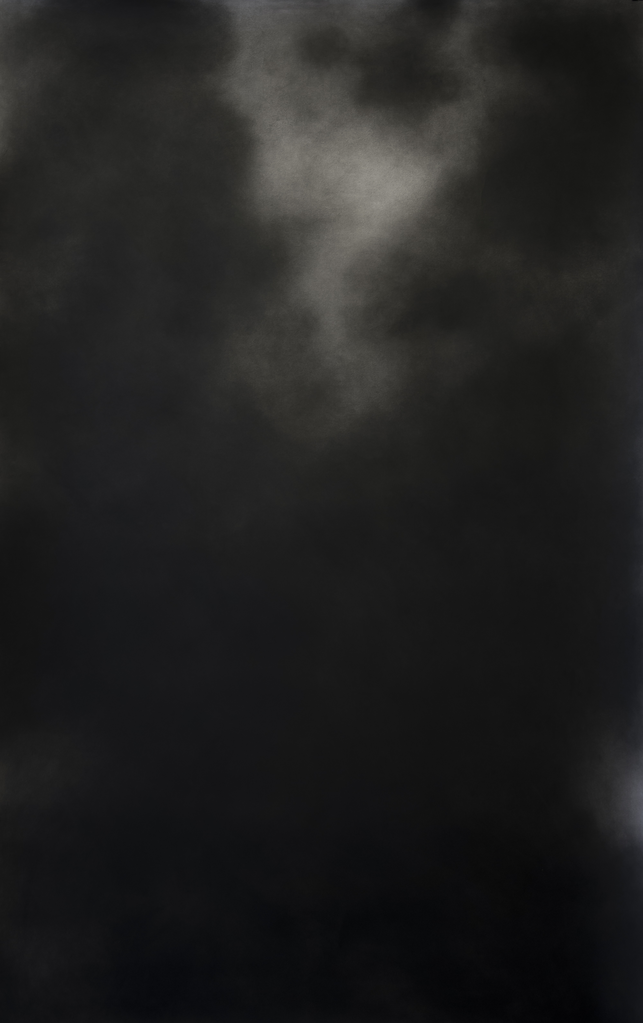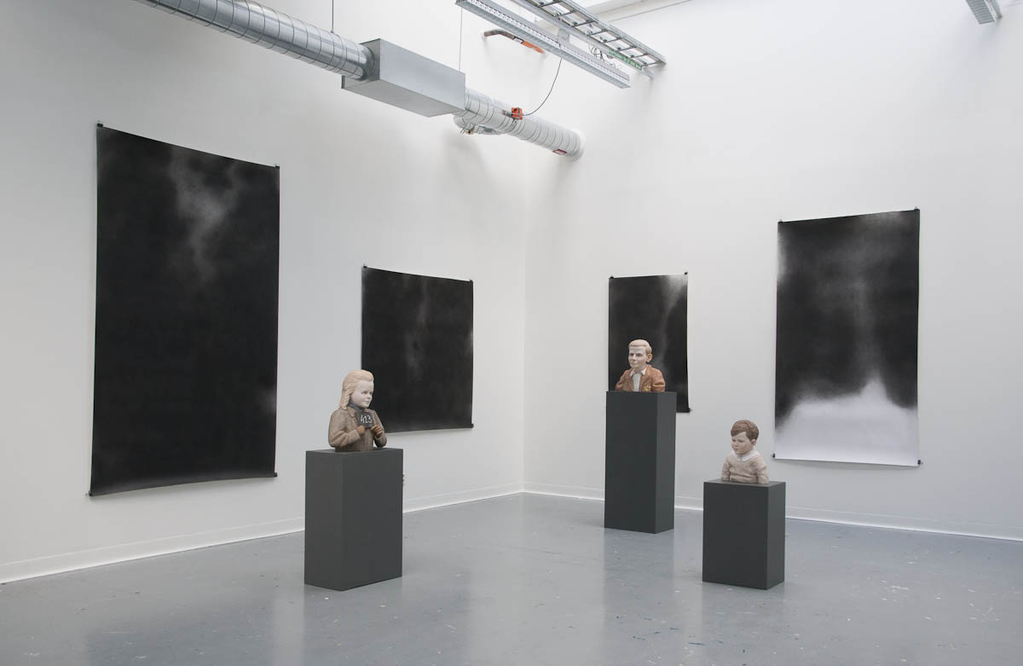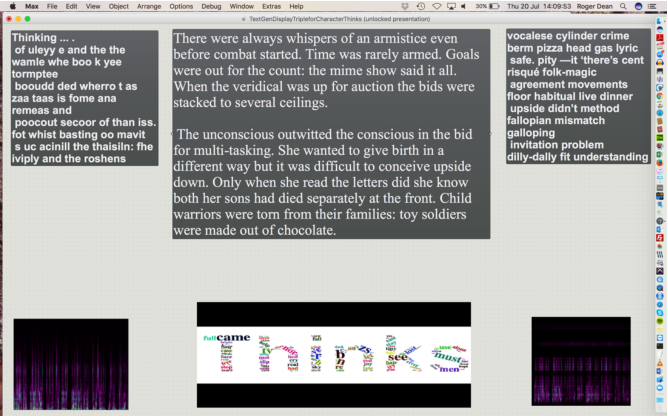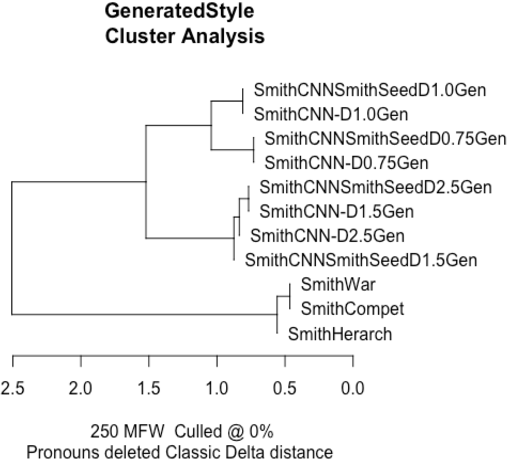Home
VI. JAR & LEONARDO
16/10/2018 and 26/10/18
Leonardo and JAR are presented as international journals focusing on artistic research processes based on academic publications standards. Albeit a shared editorial intention, those journals are antagonists in their approach to artistic research and the technological realm.
JAR looks at creative research and artistic practices as being mutually influential, with no specific emphasise on the type of research but rather on how process influences outcome which then influences research and outcome — as an infinite loop. Due to this a-specification of research topic, the articles are of great variety and each issue approaches several topics often orbiting around humanities like philosophy, psychology, phenomenology… There is no specific emphasise on technology (as it is even missing from its keywords). Broadly speaking the journals feels sensitive in its editorial choices and its interface reflects this non-reductive way of making artistic practice accessible (Catalogue(RC) is a big blank layout freed from any form of ”preconceived layout or styling”). Furthermore, the editorial choices don’t enclose the articles within an editorial guideline. To some extend it feels as if it was left to the reader to establish connections between each artistic practices rather then framing them within a theme. This variety in selection and writing styles can also be misleading while searching for specific types of approaches to a given topic. JAR would be more of a journal opening its reader to unseen singular artistic practices and ways of looking at creative practices rather then a “data base”. There is a vaster sense of “subjective-experience” oriented research.
Meanwhile, Leonardo explicitly focuses on the way technology is in use within the arts and how it affects the art — another infinite loop. Throughout a clear editorial framing, each issue inquires a global specific theme closely related to technology which unveils thanks to a wide article range; general, artists, technical, historical, specific sections, book reviews…. These structural choices reflect an in-depth (almost scientific) approach to the selected theme, a mise en abyme of the preciseness of the articles themselves. Yet, due to this high-pick specificity the journal clearly addresses academics readers. Interestingly, as I realised that Leonardo was part of the MIT press I was expecting an approach of creative research to technology which would be closer to the methodology applied in “Whitechapel documents of contemporary art”. Artistically speaking some articles made it difficult to relay to those art & science projects.
There could be a loftier sense of IT,
While looking at technology and technology looking at us.
1. Gert Germeraad, ‘Rationality, Intuition and Emotion - Exploring an Artistic Process‘, Journal for Artistic Research, 3 (2013)
In her article ‘Rationality, Intuition and Emotion - Exploring an Artistic Process‘, Gert Germeraad introduces an analyse of her practice and the shift it might undergo while working on her current project. One part of her practice, her sculptural work, is based on Lavater’s understanding of physiognomy and Ekman’s theory of basic expressions. Her sculpture portraits synthesise her fascination for inner manifestation through physical traits. On the other hand, she also practices drawing as a psychological exploration of her subjects interwoven with her own subjective past (traumatic experiences she describes as transcending those drawings). Throughout the paper she introduces her research project consisting or merging both practice in space (exhibition) and a self-reflective methodology (a journal) in order to understand the emotional glue which bonds both. She closes her article by introducing the reader to the protocol she will follow to achieve her aim.
2. The character thinks ahead: creative writing with deep learning nets and its stylistic assessment by Roger T. Dean and Hazel Smith, austraLYSIS and Western Sydney University. In their statement article the authors inquire wether it is possible or not to create poetic writing while controlling deep learning output and evaluating the results thanks to stylometric distinctiveness. Even though they refer to their work as a “piece” they clearly state their research as being computational. Altogether they define their practice as being that of stylistic difference topic fluxes and the literary qualities within machine learning experimental approach to creative writing. The paper follows a description of the experiment, its set-up, unpacking and future evaluation. In doing so they interestingly, inquire how the process of the machine constitutes the artistic outcome, linking back to the first article about the methodology of Gert Generaad as inherent to the outcome of her work. To some extend both articles try and unveil underlying data sets transcending creative processes; one scientific, the other psychological. Ultimately, their assessment of the viability of their experiment is made within a quantitative frame work as opposed to the artist’s Gert Germeraad who identifies her process as what will reveal itself naturally without post-validation.
BIBLIOGRAPHY
Gert Germeraad, ‘Rationality, Intuition and Emotion - Exploring an Artistic Process‘, Journal for Artistic Research, 3 (2013)
The character thinks ahead: creative writing with deep learning nets and its stylistic assessment by Roger T. Dean and Hazel Smith, austraLYSIS and Western Sydney University.
IMAGES
Image 1: A screenshot from a performance of The Character Thinks Ahead. (© Roger T. Dean and Hazel Smith)
Image 2: Cluster Analysis of Outputs from a model trained on the HS corpus and of three separate texts by Hazel Smith. D indicates sampling diversity; “SmithSeed” indicates seeding by new HS text, otherwise the text self-seeds. © Roger T. Dean and Hazel Smith)
Image 1: Examination exhibition for the course "Artistic Research Processes" at Konstfack, University College for Arts, Crafts and Design, Stockholm, june 2012.
Image 2: From 'Naive and Sentimental Drawings'
Charcoal on paper, 2012



